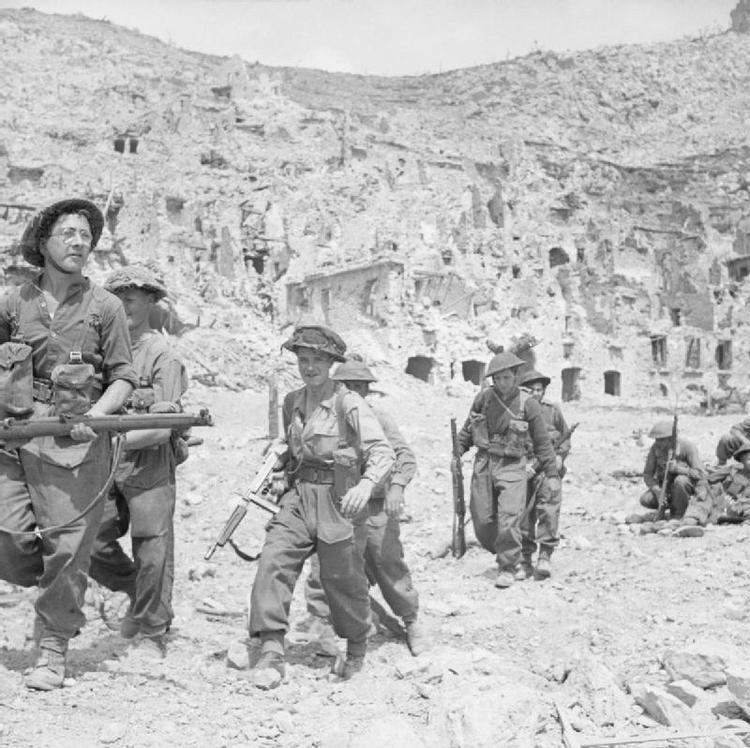Country United Kingdom Type Infantry | Branch British Army Size Brigade | |
 | ||
Active 1914–1915
1938–1958
2008–2010
2014– Part of 1st (United Kingdom) Division | ||
The 11th Infantry Brigade and Headquarters South East is a regular British Army brigade formation that is part of the Army’s 'Adaptable Force' meaning it has operational units under command, as well as regional responsibilities across the South East of England. The Brigade was re-established on 1 August 2014 when 145 (South) Brigade was re-designated as Headquarters 11th Infantry Brigade. In December 2014 the brigade merged with 2 (South East) Brigade to form Headquarters 11th Infantry Brigade and Headquarters South East.
Contents
The brigade served in both World War I and World War II. Deactivated in 1958, it was reactivated in 2008 to assume command of the planned Operation Herrick deployment to Afghanistan in late 2009.
First World War
The 11th Infantry Brigade was part of the 4th Division. It was one of the British units sent overseas to France on the outbreak of the Great War in August 1914. It was part of the British Expeditionary Force and fought on the Western Front for the next four years.
Order of Battle
Second World War
The 11th Infantry Brigade was originally part of the 4th Infantry Division as it was during the First World War, serving with it during the Battle of France and was evacuated at Dunkirk in late May 1940 and then in the United Kingdom up until 6 June 1942 when it was reassigned to join 78th Infantry Division (commanded by Vivyan Evelegh, a previous commander of the brigade) which was being newly formed to take part in Operation Torch as part of the British First Army (commanded by Kenneth Anderson, also a previous commander of the brigade). The brigade landed in North Africa at Algiers in November 1942 and fought with 78th Division throughout the Tunisian Campaign which ended with the Axis surrender in May 1943. It then served with 78th Division throughout the campaigns in Sicily and Italy.
Order of Battle
Units included:
Commanders
Commanders included:
21st century
In 2008, it was announced that 11 Light Brigade would be reformed to assume command of the planned Operation Herrick deployment to Afghanistan in late 2009. The Brigade was headquartered in Aldershot and was formed using units from existing formations. It was disbanded in 2010 on its return from Afghanistan, with its component units returning to their previous formations.
During the Brigades deployment in Helmand, Afghanistan, it also commanded a Danish Battalion from the Royal Danish Guard Hussar Regiment with its own logistical detachment.
Current formation
The brigade is the Regional Point of Command for the South East of England, as well as responsibility for British Forces Brunei. The units under it are:.
